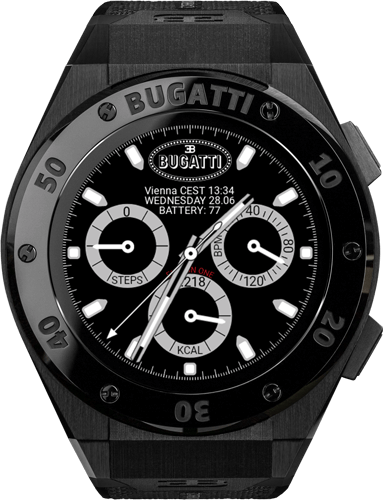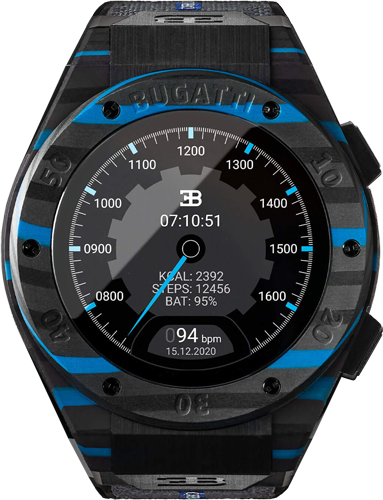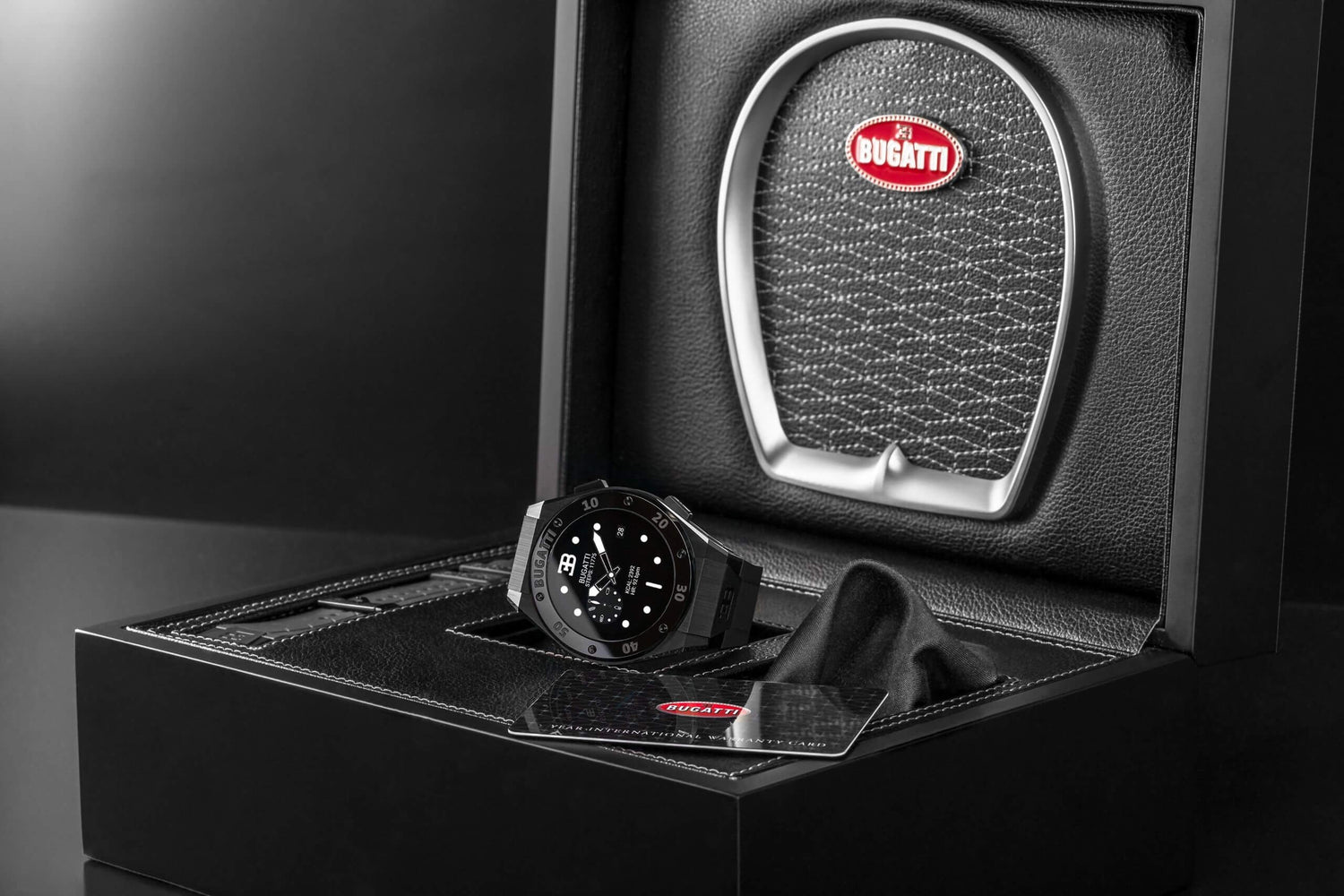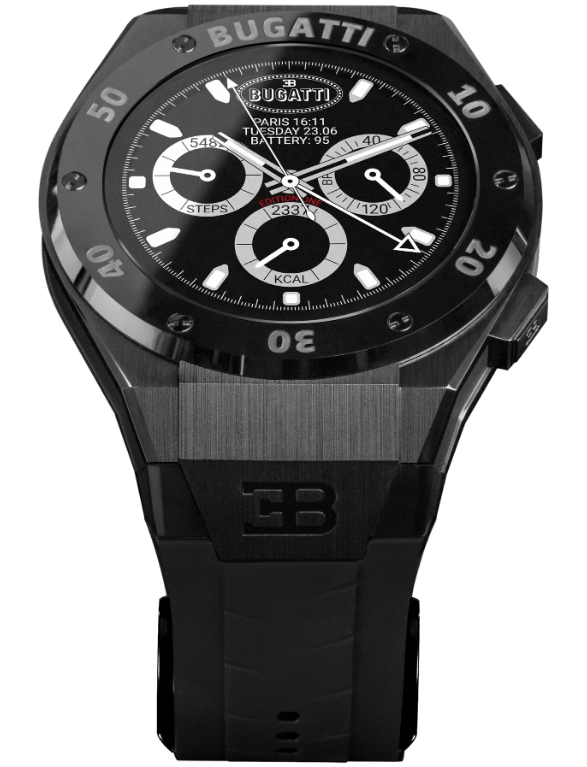Titanium is a popular material used in watch manufacturing due to its unique combination of strength, lightness, and corrosion resistance. There are different grades of titanium, and each grade has its own advantages and disadvantages. Here are some of the most common titanium grades used in watchmaking and their characteristics:
-
Grade 2 Titanium - This is the most commonly used grade of titanium in watch manufacturing. It has a relatively low tensile strength and is highly ductile, which makes it easy to work with. It is also highly resistant to corrosion and has a low density, making it lightweight. However, it is not as strong as some of the higher grade titanium alloys, and it is not as scratch-resistant.
-
Grade 5 Titanium - This is a higher grade of titanium that is alloyed with small amounts of aluminum and vanadium. It has a higher strength-to-weight ratio than Grade 2 titanium and is more scratch-resistant. However, it is more difficult to machine and work with due to its hardness.
-
Grade 9 Titanium - This is a middle-grade titanium that is alloyed with small amounts of palladium. It is highly resistant to corrosion and has good strength and ductility. It is also more expensive than Grade 2 titanium.
-
Grade 23 Titanium - This is a medical-grade titanium that is alloyed with small amounts of vanadium and aluminum. It has good biocompatibility, which makes it suitable for medical implants, and it is highly resistant to corrosion. However, it is more expensive than other grades of titanium and is not as widely used in watchmaking.
There is no one "best" grade of titanium for watch manufacturing, as each grade has its own advantages and disadvantages. The choice of titanium grade will depend on the specific needs and requirements of the watch manufacturer. For example, a manufacturer may choose Grade 2 titanium for its ease of machining and lower cost, while another may choose Grade 5 titanium for its higher strength and scratch-resistance.






